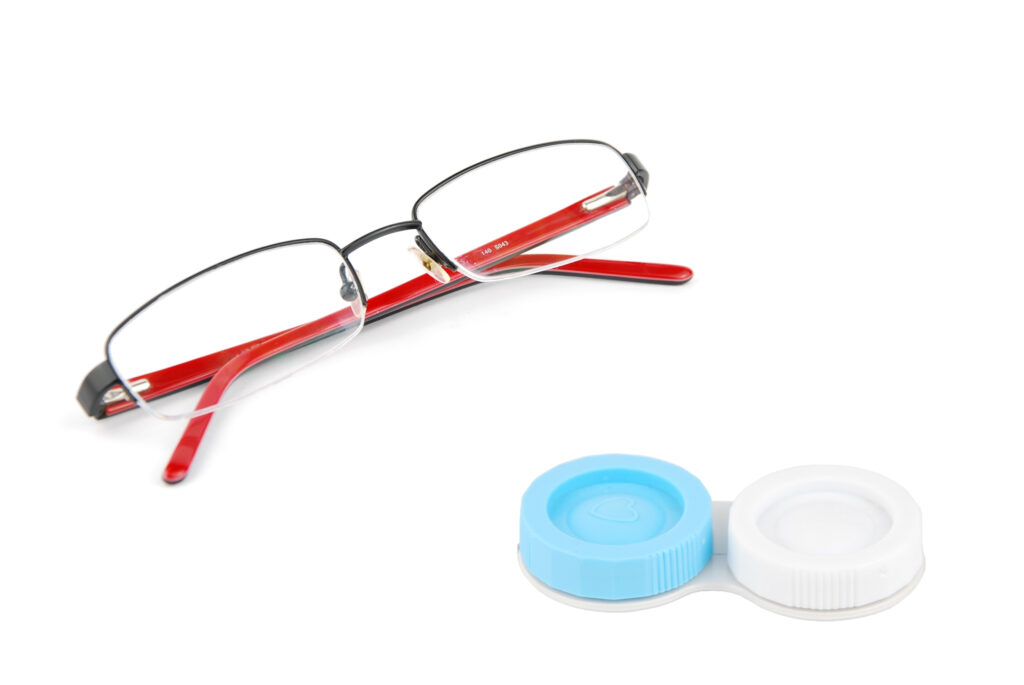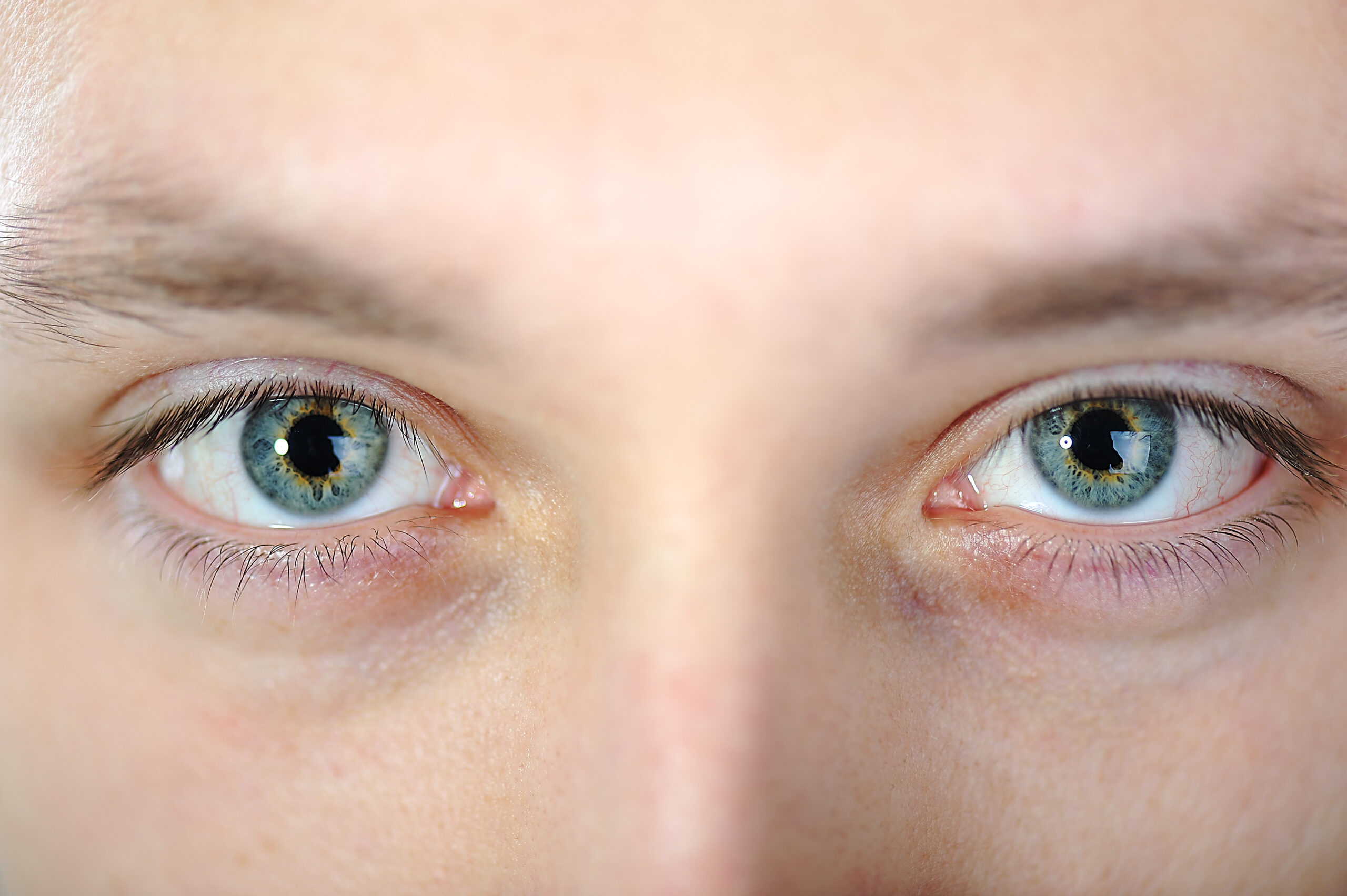Introduction to Blue Eyes and Light Sensitivity
Blue eyes have an undeniable allure, captivating many with their striking beauty. But did you know that eye color might also play a role in how sensitive your eyes are to light? It’s true! Those with blue eyes often report experiencing discomfort in bright environments, leading to questions about the connection between blue eyes and light sensitivity.

The Science Behind Eye Color
Eye color is determined primarily by genetics, particularly the amount and type of melanin present in the iris. Melanin is a pigment that gives color to our hair, skin, and eyes.
Individuals with blue eyes have lower concentrations of melanin compared to those with darker eye colors. This reduced pigmentation allows more light to scatter within the iris, which can lead to increased sensitivity.
Interestingly, variations in eye color are influenced by multiple genes. The primary gene linked to blue eyes is OCA2, but other genetic factors also contribute significantly.
The interplay between these genetic markers creates a spectrum of hues beyond just brown or blue. It’s fascinating how something as simple as eye color can involve complex biological mechanisms and hereditary traits. Understanding this science helps us appreciate the diversity of human features while recognizing their impact on visual experiences like light sensitivity.
Do blue eyes need more UV protection?
People often wonder if blue eyes need more UV protection compared to darker eye colors. The answer lies in the amount of melanin present in the iris.
Melanin is a pigment responsible for eye color and provides some natural defense against harmful ultraviolet rays. Individuals with blue eyes typically have less melanin than those with brown or green eyes, making them potentially more vulnerable to light exposure.
This reduced pigmentation can translate into an increased risk of conditions like photophobia or sensitivity to bright sunlight. Those with lighter-colored irises may experience discomfort under intense lighting conditions, leading to squinting and other protective behaviors.
For this reason, adequate eyewear that offers UV protection becomes essential for people with blue eyes when spending time outdoors. Sunglasses equipped with proper UV filters can safeguard ocular health while enabling clearer vision on sunny days.
How does melanin affect eye sensitivity?
Melanin plays a crucial role in determining eye sensitivity. This pigment is responsible for the color of our eyes, skin, and hair. Higher melanin levels typically mean darker eye colors, like brown or hazel.
Darker eyes can absorb more light due to increased pigmentation. This absorption shields the retina from bright sunlight and glare. As a result, individuals with brown eyes often experience less discomfort in bright conditions compared to those with lighter shades.
Blue eyes have significantly less melanin. Consequently, they may struggle more with intense light exposure. People with blue eyes are often more sensitive to glaring environments.
This heightened sensitivity can manifest as photophobia or discomfort when exposed to harsh lighting situations. Understanding the relationship between melanin levels and light sensitivity provides insight into ocular health across different eye colors.
Factors Affecting Light Sensitivity in All Eye Colors
Light sensitivity, or photophobia, can affect individuals regardless of their eye color. Several factors contribute to this condition.
The amount of melanin in the iris plays a significant role. Higher melanin levels generally provide better protection against harsh light and UV rays. This means that people with darker eyes may experience less discomfort in bright environments.
Health conditions also impact light sensitivity. Migraines and other neurological disorders can make anyone more sensitive to brightness, irrespective of their eye pigmentation.
Environmental factors are crucial too. Prolonged exposure to screens or artificial lighting can lead to increased discomfort across all eye colors.
Age is another element; older adults might experience changes in their vision that heighten sensitivity.
Genetics influence how each individual reacts to light. Some families might have a predisposition towards greater photophobia, irrespective of whether they have blue or brown eyes.
Studies on Blue Eyes and Light Sensitivity
Recent research has delved into the relationship between blue eyes and light sensitivity. Studies indicate that individuals with lighter eye colors may experience heightened discomfort in bright environments. This phenomenon, often referred to as photophobia, is thought to be linked to lower melanin levels.
Melanin acts as a natural barrier against harsh sunlight. Blue-eyed individuals typically possess less of this pigment compared to those with darker hues. Consequently, they might find themselves squinting or feeling strain under direct sunlight more frequently.
Some studies suggest that environmental factors also play a role. People living in sunnier climates tend to report increased light sensitivity, regardless of their eye color. However, the distinct correlation between blue eyes and discomfort from intense lighting remains an area ripe for further exploration.
Understanding these connections can help develop better protective strategies for those affected by heightened light sensitivity due to their genetic traits.
Tips for Managing Light Sensitivity in Blue Eyes
Managing light sensitivity in blue eyes doesn’t have to be overwhelming. Start by investing in high-quality sunglasses that offer 100% UV protection. Polarized lenses can reduce glare and make outdoor activities more enjoyable.
When indoors, consider using curtains or shades to block out harsh sunlight. Soft lighting can also help ease discomfort during the day.
If you’re frequently exposed to bright environments, wearing a wide-brimmed hat adds an extra layer of protection for your eyes while stylishly shielding your face from the sun’s rays.
Another tip is to take regular breaks from screens. The brightness emitted by devices can strain sensitive eyes. Simple exercises like looking away every 20 minutes helps relieve stress on your vision.
Consulting with an eye care professional about possible prescription eyewear designed specifically for light-sensitive individuals may provide additional relief and comfort.
Myths and Misconceptions about Blue Eyes and Light Sensitivity
Many myths surround blue eyes and their sensitivity to light. One common belief is that all individuals with blue eyes experience severe photophobia. While it’s true that lighter eye colors may be more sensitive, not every person with blue eyes suffers from this condition.
Another misconception is that having blue eyes automatically means you’ll have vision problems. Eye color doesn’t directly dictate ocular health. Genetics play a significant role in both factors, but they are not inherently linked.
People often think UV protection isn’t necessary for those with darker irises. In reality, everyone should consider sun protection regardless of eye color, as harmful rays affect all types of pigmentation.
Some assume that wearing sunglasses will completely eliminate light sensitivity for blue-eyed individuals. Sunglasses can help mitigate discomfort but won’t resolve underlying issues related to light perception or genetic factors influencing sensitivity levels.



